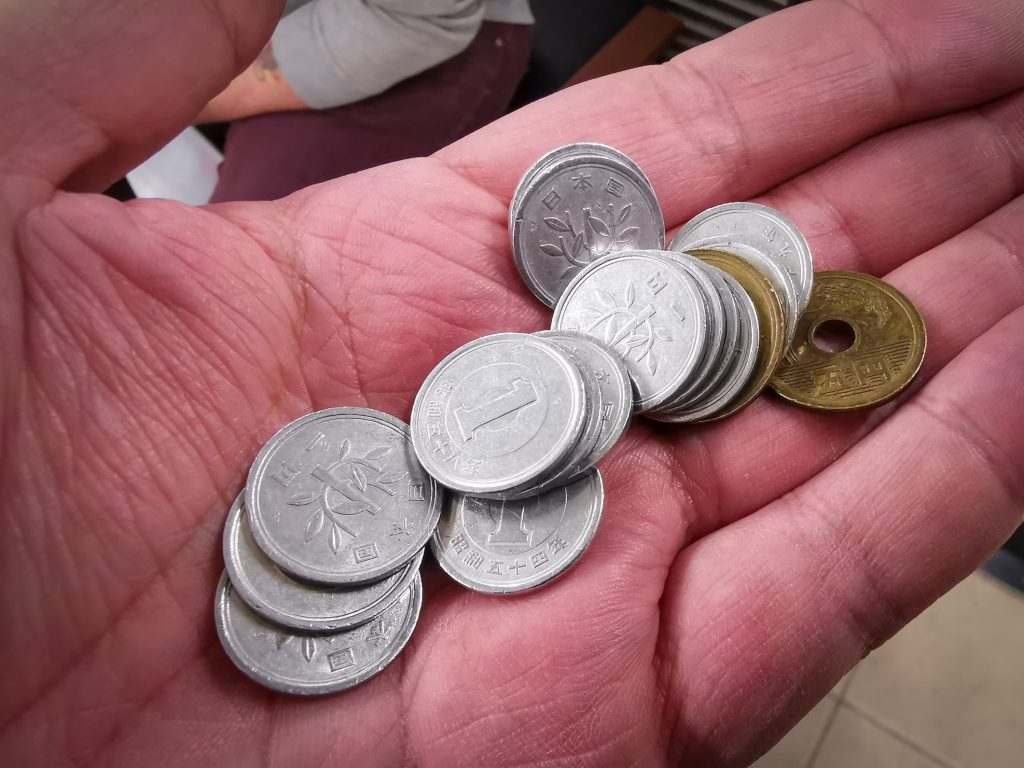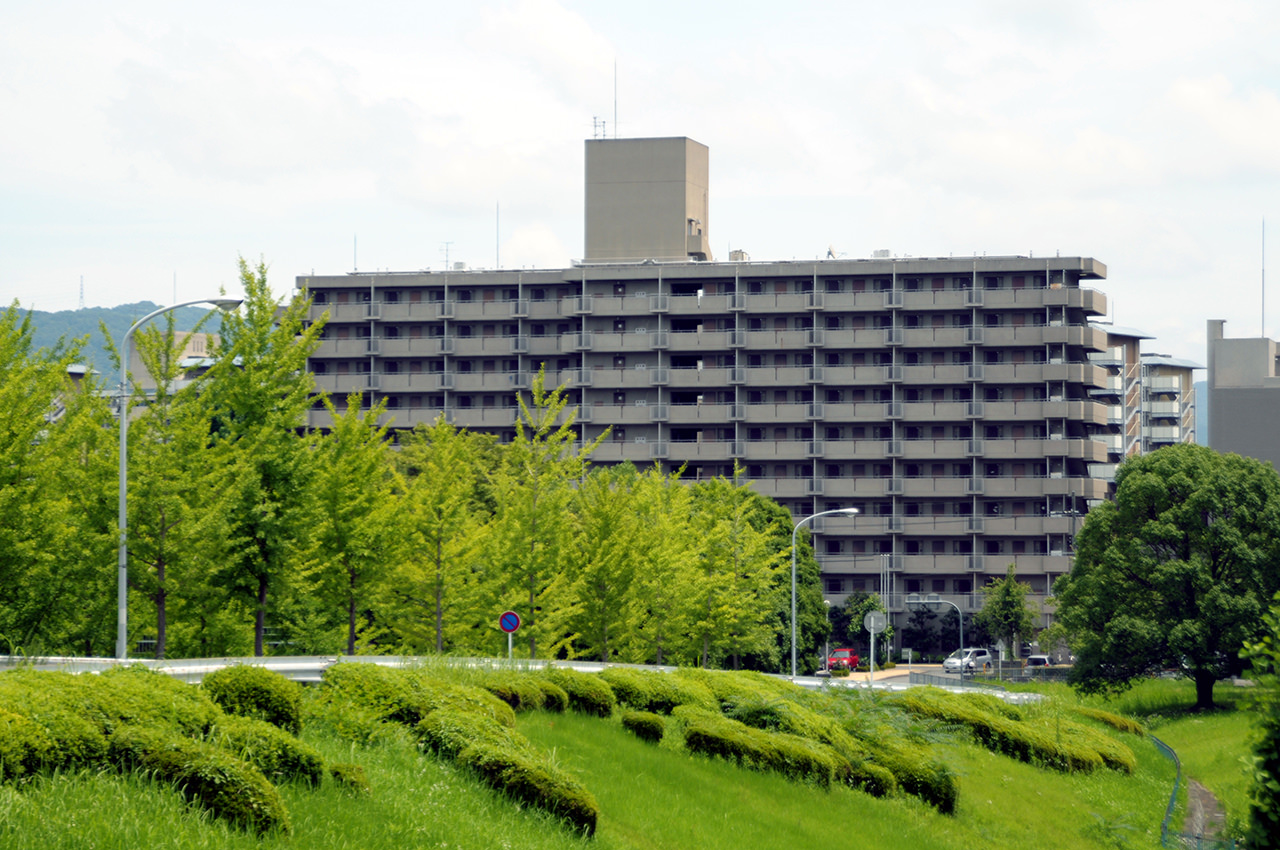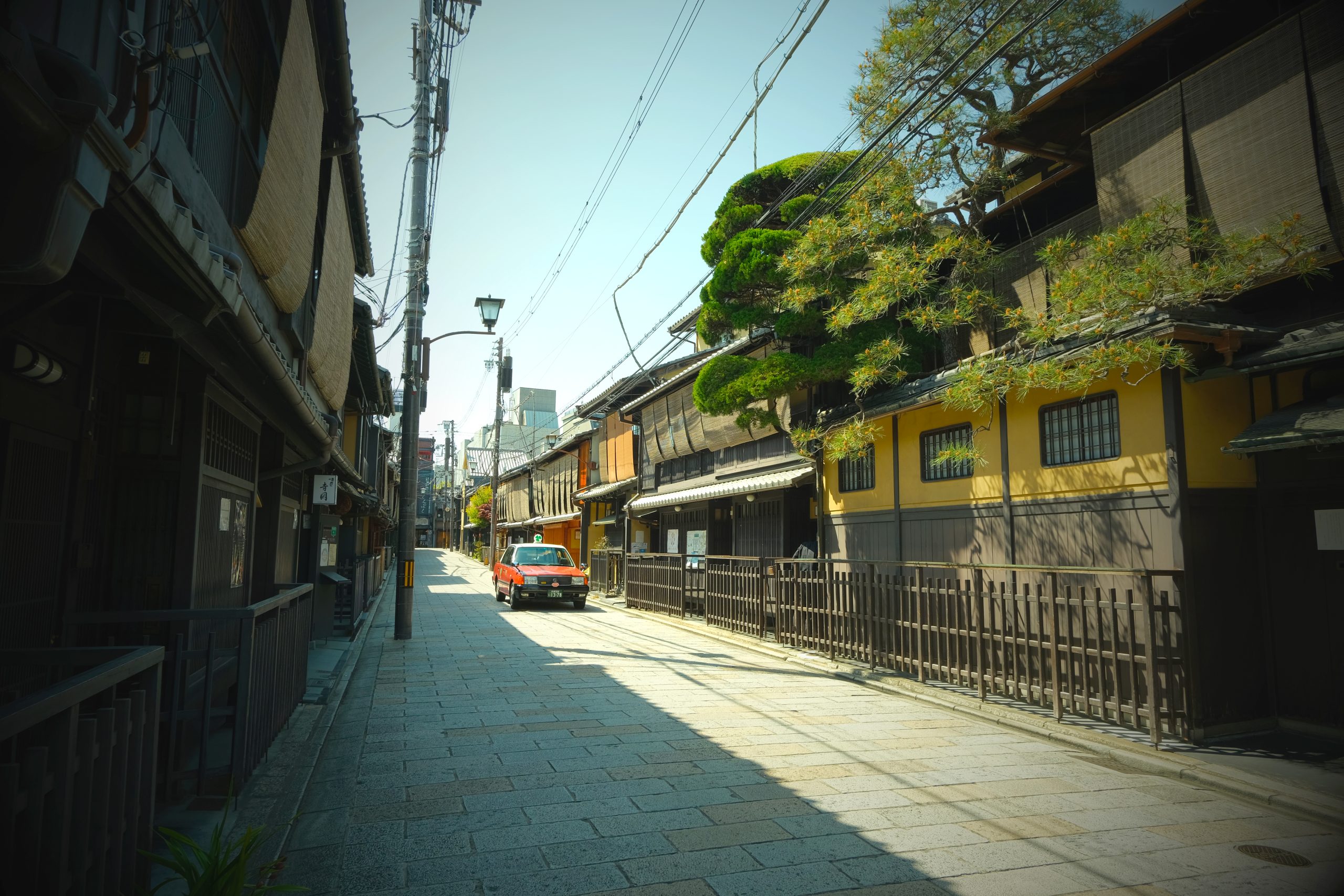Budget-Friendly Living in Kyoto: Tips from International Students
2024.11.13

Managing finances is a top concern for many international students studying in Japan. Making the most of a limited budget while enjoying student life in a new city is something everyone wants to achieve. To help with this, six experienced members of the Study Kyoto foreign student PR Team gathered to share their best tips for living on a budget in Kyoto.
This diverse group included Minh Quan from Vietnam, Iketsu from Taiwan, Shoki and Haru from China, Maya from the USA, and Kuropa from Thailand. During the discussion, they opened up about their personal experiences and provided practical tips to help current and future students thrive in Kyoto without overspending. From finding affordable dining spots to managing transportation costs, their insights offer a guide to embracing life in Kyoto while staying within budget.
Join us as we dive into their advice and uncover tips that will help you make the most of your time in Kyoto as an international student!
Saving on Food Costs in Kyoto

From back right clockwise: Minh Quan , Haru, Shoki, Iketsu, Maya, Kuropa
Q: What ways do you try to save money on food?
Haru: If I have time on the weekends, I like to buy meat and vegetables to cook at home. For lunch at school, I usually eat at the school café or restaurant since school meals are generally cheaper than eating out. Overall, I spend about 1,500 yen daily on food.
Shoki: During finals at Ryukoku University, they offer 100-yen meals that you can reserve in advance. It’s a great way to save money during the busiest time of the semester.
Iketsu: Cooking for myself is a bit of a hassle, so I often buy discounted bento boxes from the supermarket or visit convenience stores like Lawson when they mark their food items half-price toward the end of the day. The markdown usually starts around 7 p.m. near my place, and I can sometimes get a deep-fried pork bento for about 300 yen. There’s also a cheap supermarket nearby called Sundi, where I go to buy drinks and snacks.
Maya: I recently graduated from Japanese language school, so my spending habits might change once I start graduate school, but here’s what I’ve been doing so far. Breakfast is essential for me, so I usually pick up a rice ball from the supermarket for around 200 yen, including a drink.
For dinner, I prioritize cooking at home to save money. When I do, I can make meals that last three days for about 1,000 yen. On days when I opt for convenience, I buy half-price sushi or bento boxes from the supermarket. This allows me to stick to my budget even on days when I don’t feel like cooking.
Kuropa: Since I live alone, I’ve found that grocery prices can be quite high, so my friends and I take turns buying ingredients to cook for the week. We share the food, with each person cooking and dividing meals for everyone in their turn. This way, we split the costs and save money. Occasionally, I also go out to eat with friends, which usually costs between 1,000 and 2,000 yen.
Summary:
・Cook at home on weekends to save money on meals.
・Choose school cafeterias or restaurants for lunch; they are generally cheaper than dining out.
・Look for discounted meals, especially during finals or at supermarkets in the evening.
・Team up with friends to buy groceries and share meals to reduce individual expenses.
Ways to Save on Transportation in Kyoto

Q: What are some ways you save money when going to school or going out to town with friends?
Minh Quan: To save money on transportation, I use a moped to get around, whether it’s for my part-time job or going to school. It costs me only about 500 yen every two weeks for gas, which is much cheaper than public transport or other options. Plus, getting around is really easy and convenient. You do need a license to drive it, but I got mine in Vietnam and transferred it to a Japanese license when I moved here. If you’re looking to save on transportation costs, getting a license and a moped can be a great way to go.
Haru: My commute to school is pretty long—it takes about an hour each way. I take the subway and then catch the free school bus from Kokusaikaikan Station. For the subway, I spend about 600 yen per day. I tried using a school commuter pass once, which cost about 8,300 yen for my route from Kyoto Station to Kokusaikaikan. The nice thing about the commuter pass is that you can get off at any station along the way without paying extra.
Iketsu: I also live near the university, so I don’t spend anything on transportation for school. When I go out with friends, we often take the bus, and I save money by using coupon tickets. I buy 24 tickets for 5,000 yen, which brings the cost of each ride down to about 210 yen instead of the regular 230 yen. It might not seem like much, but the savings add up over time. For the train and subway, I usually charge my IC card with about 2,000 yen a month, which is enough to get around.
Maya: To save money on commuting to Kyoto University of the Arts, I mostly ride my bicycle and park for free on campus, even in the rain. If the weather is bad, I take the bus, which costs 230 yen each way. I initially bought a cheap bike for about 20,000 yen, but I wish I had invested in a better one.
For my part-time job as a tour guide, I park my bike in Gion, costing about 150 yen for 12 hours. Overall, I spend around 500 yen a week on bike parking. Occasionally, I use bicycle rental apps like Loop and Bike Share, which typically cost about 200 yen and are often faster than public transportation. I recommend downloading multiple bicycle rental apps for convenience, as the pick-up and drop-off points vary.
Kuropa: I love going to the Kamo-gawa River, so I usually walk there. I also try to walk as much as possible when going to school, taking the bus only when necessary. Like some of the others, I use bus coupon tickets to save money. I probably spend around 400 yen a day on transportation, but I prefer to walk whenever I can. It takes me about an hour to walk from school to my apartment at a leisurely pace, and I really enjoy the exercise.
Summary:
・Use a moped or bicycle for commuting to reduce public transport costs.
・Consider purchasing commuter passes or coupon tickets.
・Opt for walking when possible, as it’s not only free but also a great way to explore the city.










